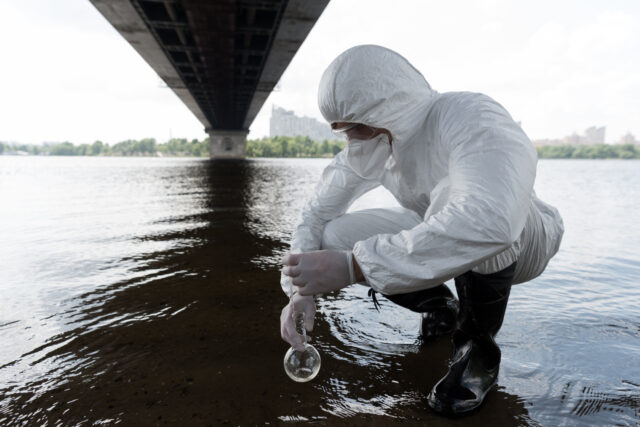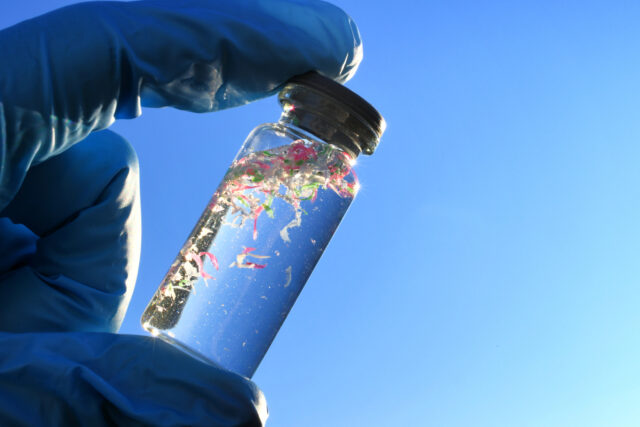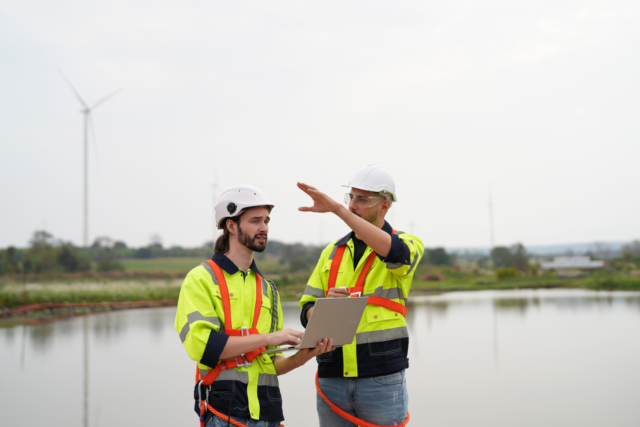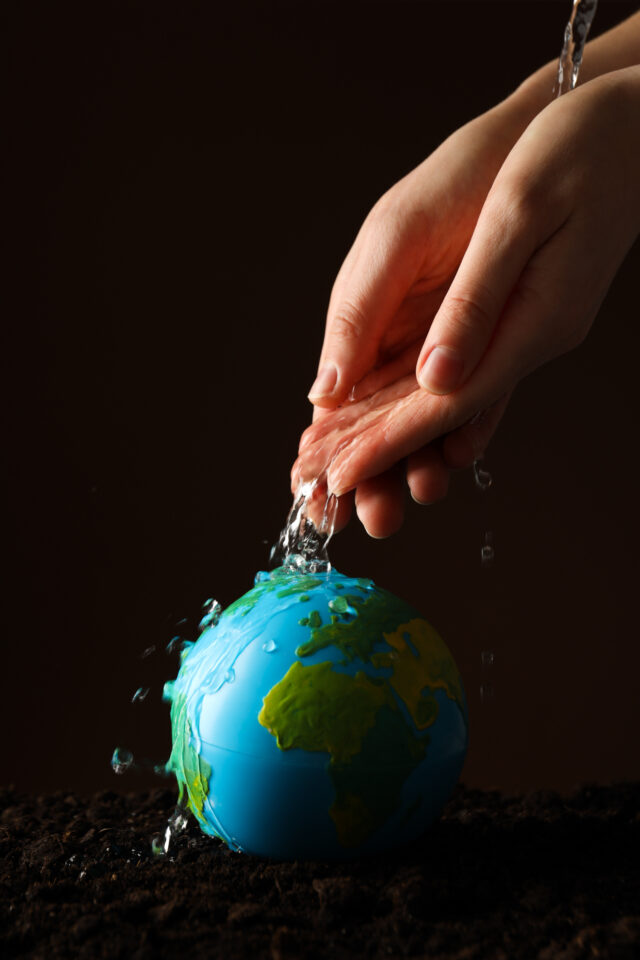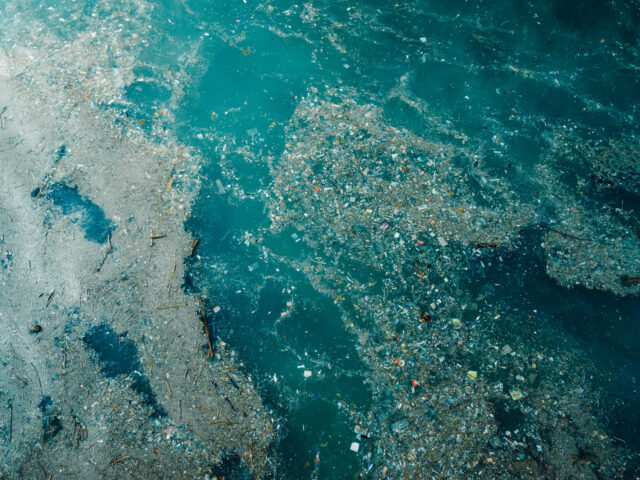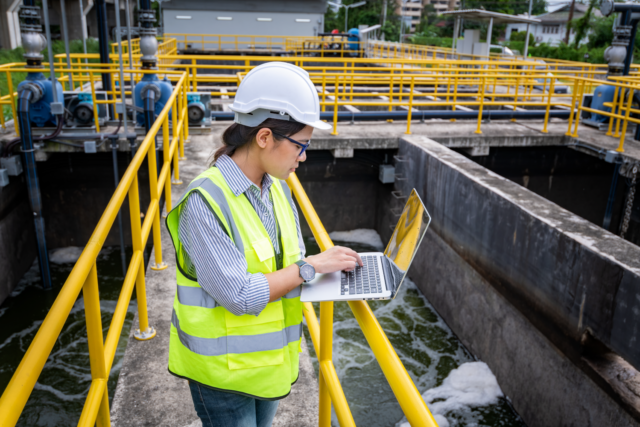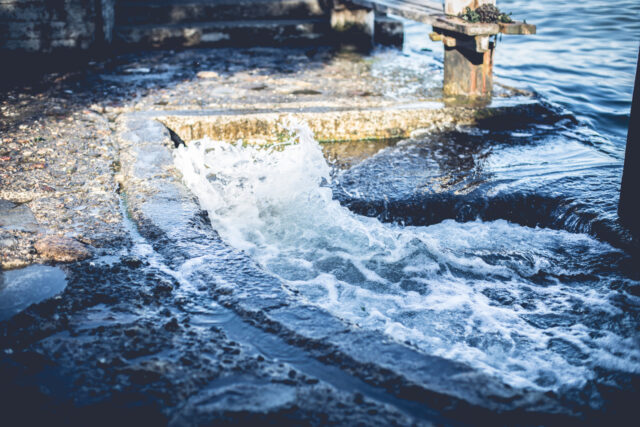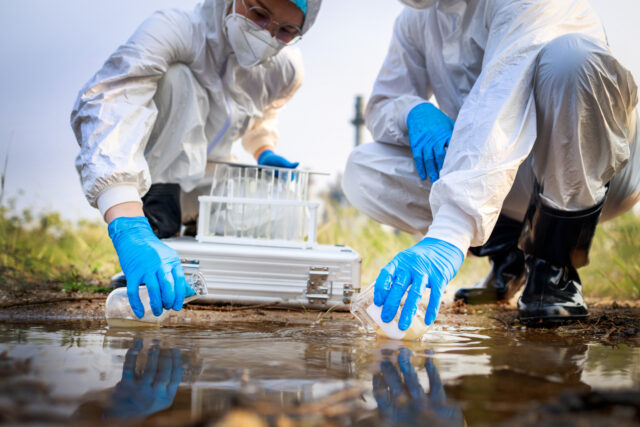World Water Day is coming up on March 22, 2024, marking 31 years since its beginning in 1993. At that time about 60% of the world’s population had access to clean water. A mere three decades later that number has risen to 75%, an increase including billions of people worldwide. Today we delve into the advancements in technology, policy, and community engagement that have propelled forward the accessibility of safe water, transforming lives and ecosystems across the globe.
One of the most notable advancements in the quest for universal access to clean drinking water has been the development and deployment of low-cost and accessible technologies. From solar-powered water purification systems to portable, cheap filtration devices, innovation has been at the forefront of tackling water scarcity and contamination issues. For instance, reverse osmosis and UV purification systems have become more affordable and efficient, enabling their use in remote and resource-limited settings. These technologies not only purify water but also do so in a sustainable manner, aligning with global efforts to combat climate change.
Another significant technological breakthrough has been the advent of real-time water quality monitoring systems. These systems employ sensors and remote communication technologies to provide instant data on water safety, allowing for prompt action to prevent contamination. Such advancements have revolutionized the way water quality is managed, ensuring safer drinking water for communities worldwide.
Parallel to technological innovations, there have been substantial policy and infrastructure improvements aimed at expanding access to clean water. International agreements and national policies have increasingly recognized water as a fundamental human right, leading to more targeted and coordinated efforts to address water scarcity and pollution. The United Nations’ Sustainable Development Goals (SDGs), particularly Goal 6, have galvanized global action to ensure availability and sustainable management of water and sanitation for all by 2030.
Governments and international organizations have ramped up investments in water infrastructure, from the construction of modern treatment facilities to the rehabilitation of aging pipelines and sewage systems. These investments have been critical in expanding access to clean water, particularly in urban areas where the demand for safe water continues to grow.
Advances in access to clean drinking water have also been driven by increased community engagement and education. Grassroots movements, non-governmental organizations (NGOs), and local governments have played pivotal roles in raising awareness about water issues, advocating for policy change, and implementing community-based water projects. Education programs focusing on water conservation, hygiene, and sanitation have empowered communities to take an active role in managing their water resources, leading to sustainable water use practices and improved public health outcomes.
Community-driven water projects, such as rainwater harvesting and the restoration of traditional water systems, have demonstrated the power of local knowledge and participation in achieving water security. These initiatives often incorporate traditional practices with modern technologies, creating resilient and adaptable water management systems.
Despite the progress made, challenges remain in ensuring universal access to clean drinking water. Population growth, political instability, and industrial pollution continue to strain water resources, highlighting the need for continued innovation and collaboration. The water treatment industry plays a crucial role in this endeavor, offering expertise, technologies, and solutions to address the complex challenges of water scarcity and contamination.
As we move forward, the integration of advanced technologies, robust policy frameworks, and community involvement will be critical in overcoming these challenges. The water treatment industry must continue to innovate, not just in terms of technological solutions but also in how these solutions are implemented and scaled globally. Collaboration across sectors and disciplines will be essential in ensuring that the advances made in the last thirty years serve as a foundation for a future where access to clean drinking water is a reality for all. The strides made towards improving access to clean drinking water over the last thirty years represent a remarkable achievement, but the battle is far from over. For water treatment professionals, the task ahead is not just about sustaining the momentum but accelerating it, ensuring that the next decades are marked by even greater achievements in providing safe, accessible water to every corner of the globe.
Resources: WSJ, NatGeo, Our World in Data






